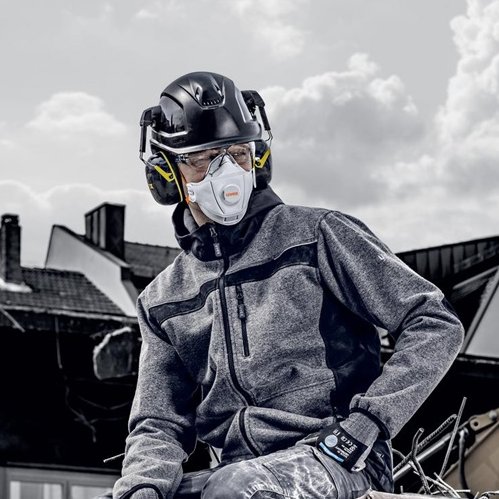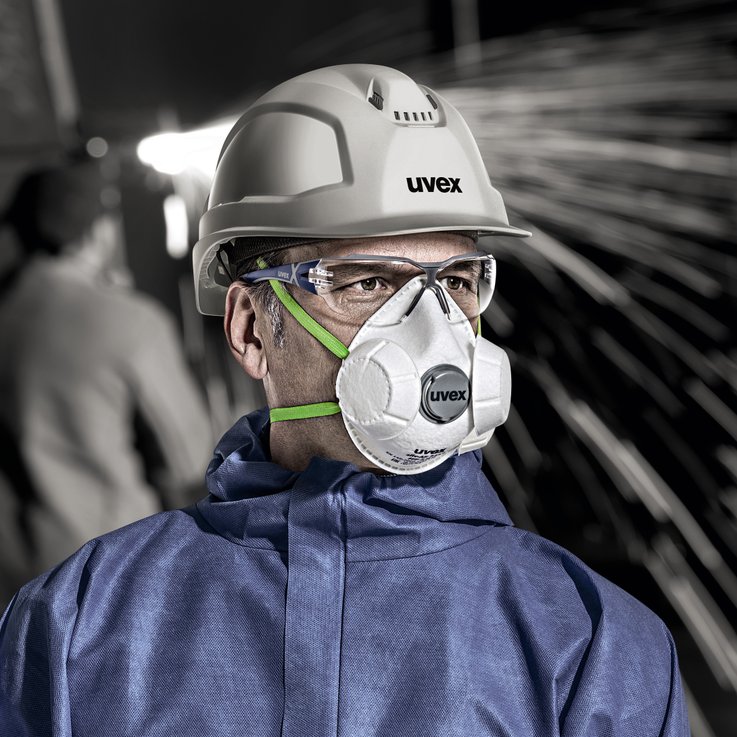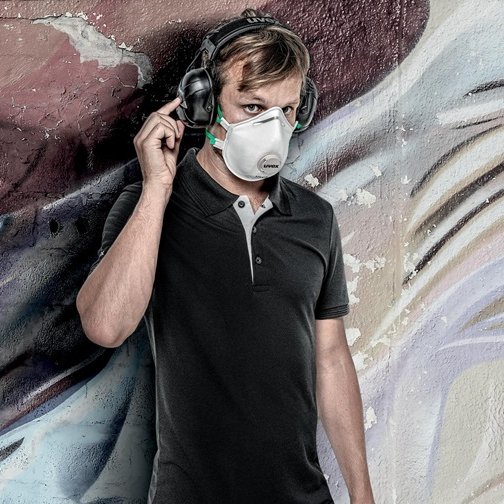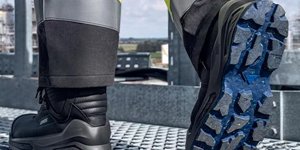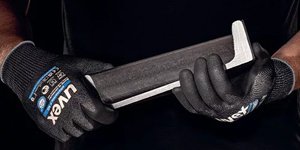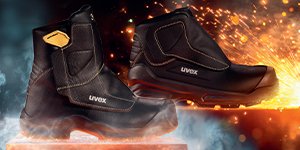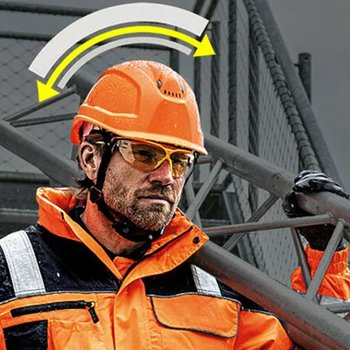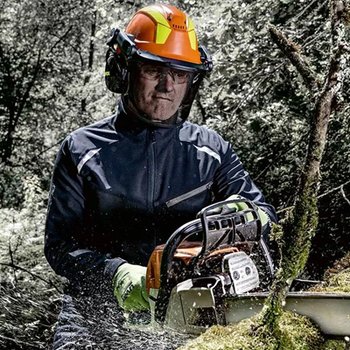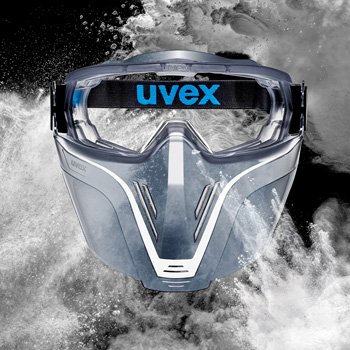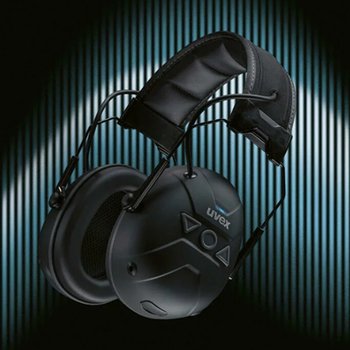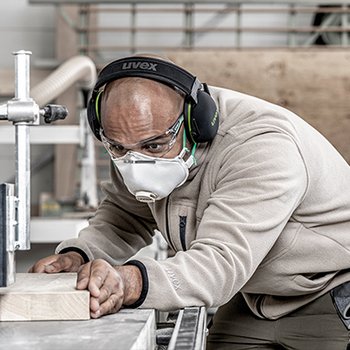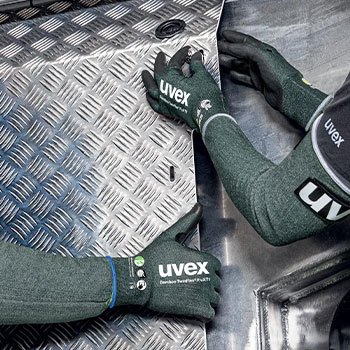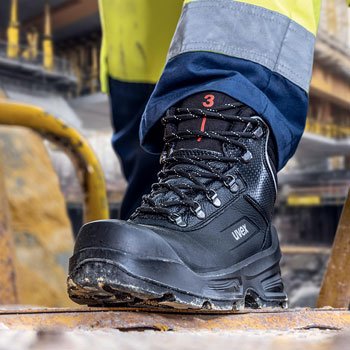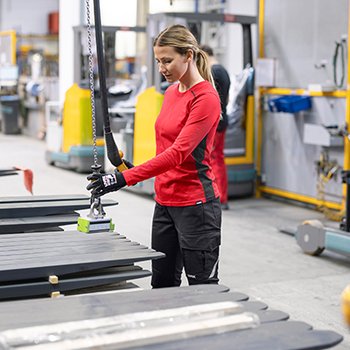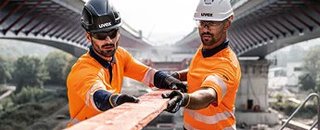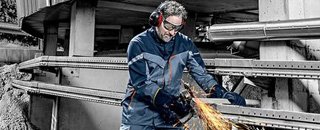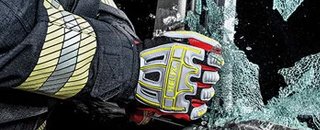
How to choose the correct respirator
Selecting the correct respirator is key to protecting wearers and requires due care and attention.
Please consider each of the following points when making your choice of filtering respirator mask:
- The type, properties and concentration of the hazardous substance (note the CAS number FAQ 14. What is the CAS number?) must be known or identified.
- What occupational exposure limits (OELs) for hazardous substances are involved?
- Workplace conditions must be known or identified.
- Sufficient oxygen must be available in the surroundings (please note the respective country’s law and regulations, for example a minimum of 17% oxygen is stipulated in Germany).
- In what state is the hazardous substance? Is gaseous or particulate, or even a combination of the two?
- Does the hazardous substance have any noticeable warning signs (e.g. smell, taste)?
- Is any further PPE required when working with this substance (e.g. safety eyewear, chemical protection coveralls, safety gloves)?
After considering these seven points, the required nominal protection factor (NPF) can be determined.
The protection factor is calculated as follows:
Protection factor = concentration of hazardous material ÷ OEL
After calculating the required protection factor, the appropriate mask can then be chosen:
- FFP1 masks for a protection factor of up to 4
- FFP2 masks for a protection factor of up to 10
- FFP3 masks for a protection factor of up to 30
These values apply in German, but may vary according to national regulations in other countries.
After choosing and putting the mask on, the next question is: how long can it be worn? The answers here: FAQ.
*OELs = The occupational exposure limit values (OELs) are the average concentration of a substance in the air in the workplace, up to which no damage (chronic or acute) is to be expected if employees work there for eight hours a day for five days a week. The OELs replace the maximum workplace concentration (MWC) and the technical reference concentration (TRC) – however, as long as both of these values are not yet fully taken into account in the OELs, they can still be used on an interim basis for assessing risks in the workplace.
Looking for more respiratory protection knowledge?
Find out more about uvex respiratory protection.
